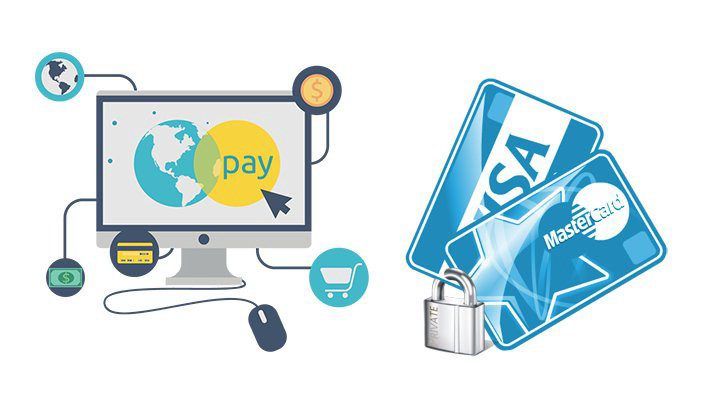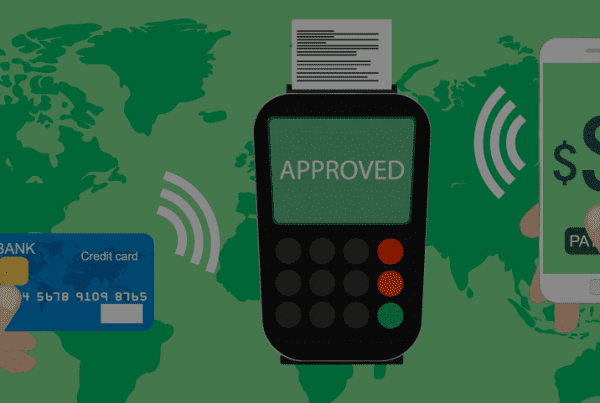Three ways to structure your marketplace payments, platform or “sharing economy” startup that requires a many-to-many payment solution
These days, it is common to build a platform where multiple customers are charged for a product or service and those funds need to be distributed among multiple recipients (vendors or service providers). Below are three different approaches to build a marketplace payments solution that will satisfy those requirements.

Approach 1 — Use existing platforms
Using existing platforms is the easiest approach and probably the first one that someone should consider, especially if building an MVP. Examples of “marketplace payments platforms” are:
– Stripe Connect: The payments platform for platforms
– WePay: Integrated Payments For Platforms
In this case, you’ll be paying about 2.9% + $0.30 per transaction to the platform to receive those payments from consumers. Then, via the API you’ll send the money you received, minus the marketplace payments platform fee and your own platform fee (if applies) to the vendor or service provider.
Vendors or service providers should have an account on the marketplace payments platform you operate on. Usually, you create those accounts automatically (via API) for each vendor or provider you onboard so that the money can be forwarded to their account. Also, this process is usually transparent to the vendor or provider and they never know they are dealing with a marketplace payments platform since they always operate within your user interface. One of the reasons you’ll programmatically create accounts for your vendors is to prevent you from having to build all the logic to handle multiple accounts, balances and so on. More about digital payments
Approach 2 — Marketplace Payments Facilitator partnering with a Bank
A payment facilitator (PayFac) is a merchant service provider that simplifies the sub-merchant account enrollment process and all sub-merchant accounts are boarded under the PayFac’s Merchant account.
In this case, you and your platform would become the PayFac. A bank, (with which you have to make an agreement), provides your platform with the same rates that Stripe Connect, WePay, and Braintree pay to Visa and Mastercard. In this case, you are bypassing the middleman and accessing to much better rates which are complicated to explain but in many cases around 2% + around $0.15 per transaction. They vary if the consumer uses a debit or credit card, if it’s swiped or typed online and has tons of other conditions. Search online for “interchange fees” for more info. In this approach, you can instruct your bank (via its API) to ACH the money to the vendor’s bank account.
This solution is great to use when you start getting traction and you want to minimize transaction fees cost. The downside is that the integration with the bank will probably not be as smooth or as easy as with the first approach due to banks inherent bureaucracy, but it’s definitely the way to go after you reach a certain point. Uber and Lyft still use this approach.
Approach 3 — Marketplace Payments Facilitator partnering with a credit card processor
The last option is to become a PayFac partnering with a traditional credit card processor such as First Data. I couldn’t find details such as rates and fees in this case but it’s definitely an option to consider as an alternative to the second approach. Again, it doesn’t seem a good solution for an early stage startup but should be considered for a stage where a difference of 1% in fees would start to make an impact in the startup financials.
Between this approach and the previous one, it’s not clear which one is better as the bank may offer other add-ons such as 1099’s and other services that may make the offer more attractive. If you’re deciding between approaches 2 and 3, you’re probably already big enough that you wouldn’t be reading this article anyway ?





